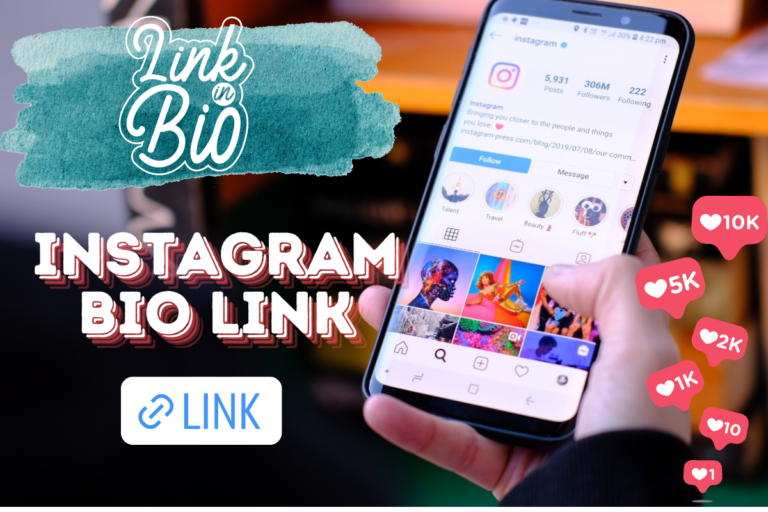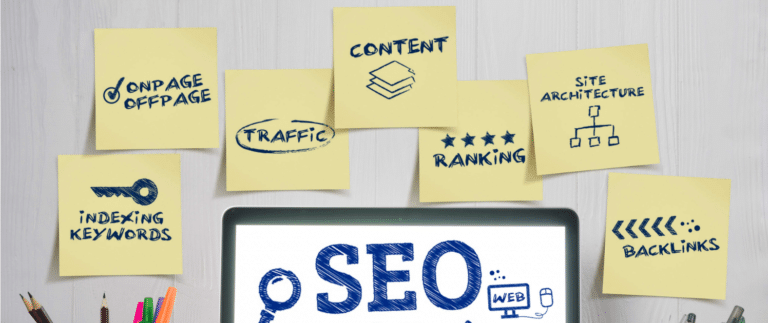13 Best E-Commerce Marketing Strategy for 2023
Having an e-commerce business is a great way to make money, but it’s not always easy.
It takes time and investment to make sure your e-commerce business is successful.
Statistics show that 93.5% of Internet Users worldwide buy products online.
You need to invest in the right marketing strategies with marketing channels that will help you reach more customers and grow your online presence.
So, what are the best strategies for e-commerce businesses?
What is an E-commerce Marketing Strategy?
E-commerce Marketing Strategy involves using targeted tactics to drive traffic to your website and increase sales.
Example: Offering discounts and promotions for a limited amount of time.
By offering these incentives to your loyal customers, you can encourage them to make purchases quickly before the offer expires.
Let’s now dive into the Ecommerce Marketing Strategy that is most popular among e-commerce marketers.
Optimization of Website
As an e-commerce business, your online store is your primary home, the place where customers fill their shopping carts with your products and have an amazing experience making them want to get back to you soon.
Optimization of your e-commerce website means making it easy to use and navigate, loading fast, and offering a great customer experience.
It also involves making sure that the content is relevant, up-to-date, and optimized for search engines.
When they have a positive experience on your website they will share their experience with others online, and you’ll likely see an even bigger uptick in visits and conversions as well.
SEO
Search Engine Optimization (SEO) is the practice of optimizing web pages so they rank higher in search engine results pages (SERPs).
SEO is an important part of your e-commerce marketing strategy because it helps you attract more organic traffic from search engines like Google or Bing.
This means more people will be able to find your website, which increases the chances of making a sale.
Investing in SEO can help your business build trust with customers as well as increase your visibility online.
Mobile Optimization
Almost 54% of all eCommerce transactions occurred via mobile phone.
We all are using mobile shopping a lot these days and our eCommerce marketing strategy should reflect this too.
How Can You Make Your Website Mobile Friendly?
Create a responsive design — The layout will automatically adjust depending on the size of the device being used.
Missing checkout and cart abandonment functions make your customers worried, so include them.
Include clear calls-to-action (CTAs) with large buttons — Make navigation easier.
Make sure you check your website on multiple devices to ensure that it looks great.
High-Quality Content
One of the most important functions of an e-commerce website is to create brand awareness and recognition with high-quality content.
If you want people to have a positive impression of your company when they first visit your site, then well-crafted content is one of the best ways to do just that.
Content needs to be well-written and engaging – something that will make readers feel connected to your brand quickly.
This could mean including customer reviews, user experience, and stories from customers who have used your product or service.
Or even just simple descriptions of each product or service that you offer that are easy for readers to understand.
Example: If you’re a business that is to target an audience who is young, keep the content light, fun, and relevant to that specific audience.
Email Marketing
Email Marketing is one of the oldest forms of digital marketing to reach customers and generate leads for an E-commerce store.
You can use email marketing campaigns to promote products or services, offer discounts and coupons, or just keep in touch with customers and build relationships with them.
Email Marketing Campaigns are relatively inexpensive compared to other types of digital marketing and they can bring in high returns if done correctly.
There are many types of emails like newsletters, welcome emails, abandoned cart emails, etc you can send to engage and convert your customers for growing your Ecommerce Business.
Social Media Marketing
Social Media Platforms like Facebook, Instagram, and Twitter can be used to reach potential customers and build relationships with you.
By utilizing Social Media Advertising, you can design specific marketing strategies aimed at reaching out to individuals who are likely to have a genuine interest in your product or service, thereby improving your likelihood of generating sales.
It also helps you build brand awareness and loyalty among your customers.
Reminder: Social Media Ads can be expensive, so it’s important to track your ROI (Return on Investment) carefully.
Content Marketing
Content Marketing helps to drive traffic to your website by creating interesting and valuable content that appeals to potential customers.
Example: You can create a blog post about the benefits of using one of your products or services, or share an inspiring story about how one of your customers used it to solve a problem.
Content marketing can help engage potential customers by giving them something interesting or informative that they can relate to.
This helps build trust with potential buyers and encourages them to make purchases from your store.
Think local
Brick-and-mortar businesses aren’t the only ones who can jump on the local movement.
Online retailers can also take a local approach to their e-commerce marketing strategy to increase online sales.
To figure out what local means for you, here are a few ways you can look at it:
Identify where you have large concentrations of customers and run a promotion for that location.
Look at which products those customers are buying and other spending behavior indicators, and consider local events or seasons to recognize a promotion.
If you have a warehouse or multiple warehouses, consider a promotion with free, discounted, or expedited shipping to customers in the vicinity.
This’ll be easier for your operations team to execute and also help you promote sales in an economical manner.
Pay Per Click (PPC) Marketing
PPC stands for pay-per-click and that is essential for e-commerce marketing strategy.
It’s a form of an advertisement where they have to pay if clicked knowingly or unknowingly.
The amount you pay depends on how competitive the keyword or phrase is that your advert is targeting.
So if you want to target popular keywords in your industry, you may have to pay more than if you were targeting less competitive terms.
Example: If you run a business selling pets, you could create an advert specifically targeting people searching for pet supplies in your local area.
This makes sure that only people who are actively looking for what you have to offer to see your adverts which means they are more likely to convert into your customers.
Engage Online Store visitors with Live Chat
There are other high-impact ways to engage with site visitors and customers outside of email.
For example, you could use live chat to engage with shoppers on your site.
Many live chat tools let you target browsers on certain pages after they’ve been on your site for a certain length of time, or even after they’ve arrived on your site through an email newsletter.
Live chat also enables you to have direct conversations with your customers so you can answer and address customer concerns right while they’re planning to buy.
Luxy Hair uses live chat to engage prospects and inform current customers of their order status, without having to contact their support team over email.
Frequently Asked Questions (FAQ)
FAQ pages will help you to build your connection stronger with your customers.
You have to spend some quality time answering queries you receive often.
The use of SEO data, keywords, and internal links can take your FAQ page from being helpful to customers to being a vital marketing tool to encourage purchases.
As new queries appear, update your FAQ to reflect this.
Retargeting
Retargeting is a form of online advertising that uses tracking technology to show visitors ads related to their past browsing activity.
Offering surprise gifts and loyalty programs for repeat shoppers can drive traffic to your site and encourage further purchasing.
Your main crux needs to be on building an exciting shopping experience for your customer from the moment they land in till they go out.
Embrace Personalization
Personalization is another effective e-commerce marketing strategy to drive online sales.
Using behavioral data, personalized experiences are served to the visitor, according to their past actions and preferences.
According to BCG, personalization can lift sales by as much as 10%, but the opportunity is greater than that.
Only 15% of companies are using the technology to its fullest extent.
You can also account for location in personalization to create an experience catered to where your customers are in the world.
Someone in southern California may be looking for bathing suits in October, while your Maine customers probably need coats, for example.
Alloy Apparel shows a “what’s popular” carousel of products for online shoppers but personalizes it with trending items local to the visitor.
Wrapping Up
In conclusion, creating an effective e-commerce marketing strategy isn’t always easy but it doesn’t have to be overwhelming either!
It’s cliched but true, and e-commerce marketing strategy is always evolving.
As projected by eMarketer, E-commerce will make up 25% of global retail sales by 2025.
The only way to be successful is to keep experimenting with your strategies to compete with other businesses and find more customers.
















